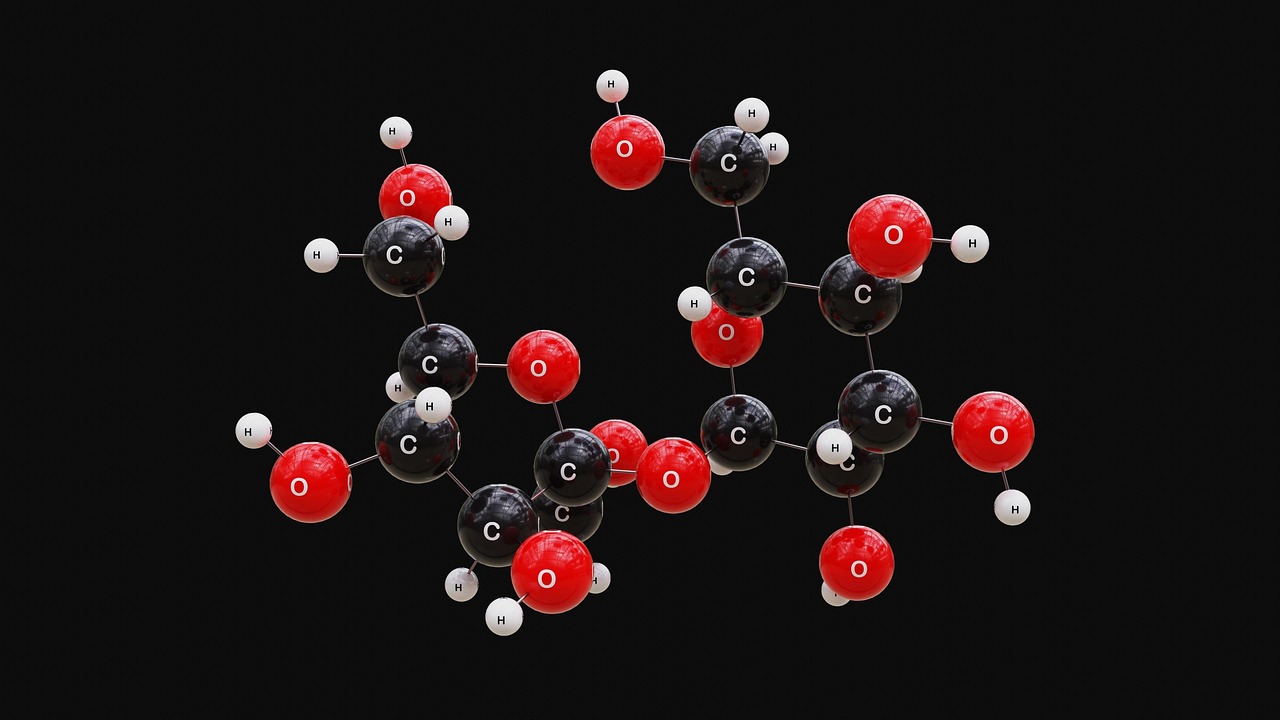
Just like us, our biomedical world is either left or right-handed. For example, proteins, the machines of our cells are left-handed molecules. A DNA helix is right-handed which means the helix twists to the right. Other right-handed molecules in our cells are sugars such as glucose.
Adding another layer to that, right-handed molecules are called “D” as in the letter D-forms and left-handed molecules are “L” forms. We’re talking here about chemical chirality. Think of it this way. A left-handed glove fits your left hand but not the right. While our hands are structurally identical, one is the mirror image of the other - the same with molecules.
Most of our amino acids, which make up proteins, come in the L-form. If you bioengineered a protein with the same amino acids but of the D-form, it’d be shaped differently and may not do its job but what if all the molecules were that form. Scientists may soon discover how un-natural mirror images would impact biology. They’re close to possibly making a mirror-image bacterium, but it’s making waves.
We don’t know how humans or the environment might react to these new life forms. Could a mirror form of a disease-causing bacteria make us sick? And would our immune system or medicines be able to control them? Scientists are a decade away from being able to produce these mirror life forms. Even though it would give us a wealth of information on the shapes and functions of biomolecules, there must be extreme safeguards to prevent them from getting out.
More Information
Confronting risks of mirror life
All known life is homochiral. DNA and RNA are made from “righthanded” nucleotides, and proteins are made from “left-handed” amino acids. Driven by curiosity and plausible applications, some researchers had begun work toward creating lifeforms composed entirely of mirror-image biological molecules. Such mirror organisms would constitute a radical departure from known life, and their creation warrants careful consideration.
Left or right handed biomolecules
Many biomolecules come in two versions that are each other's mirror image, like a left and a right hand. Cells generally use the left-hand version of amino acids to produce proteins, and uptake mechanisms were thought to share this preference. Scientists have now shown that a prokaryotic transport protein can transport both versions of the amino acid aspartate with equal efficiency.
Why are all proteins ‘left-handed’? New theory could solve origin of life mystery
Experiments suggest chemical reaction rates explain how amino acid pairs, and perhaps DNA and RNA, get biased toward one handedness.